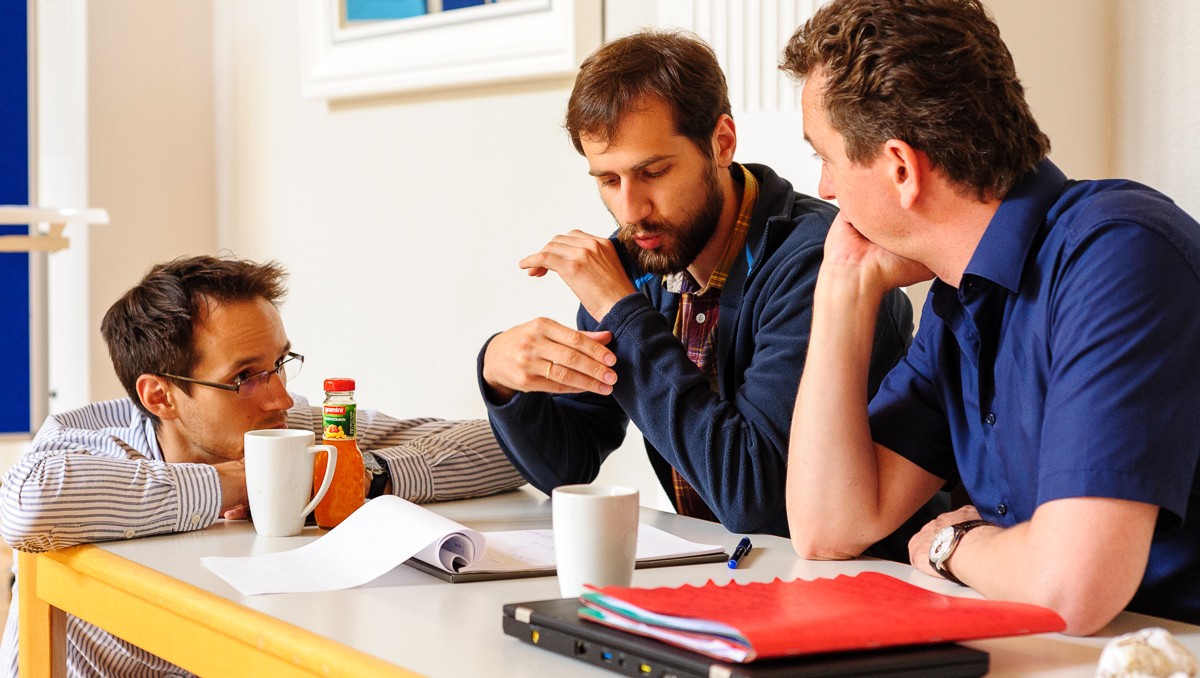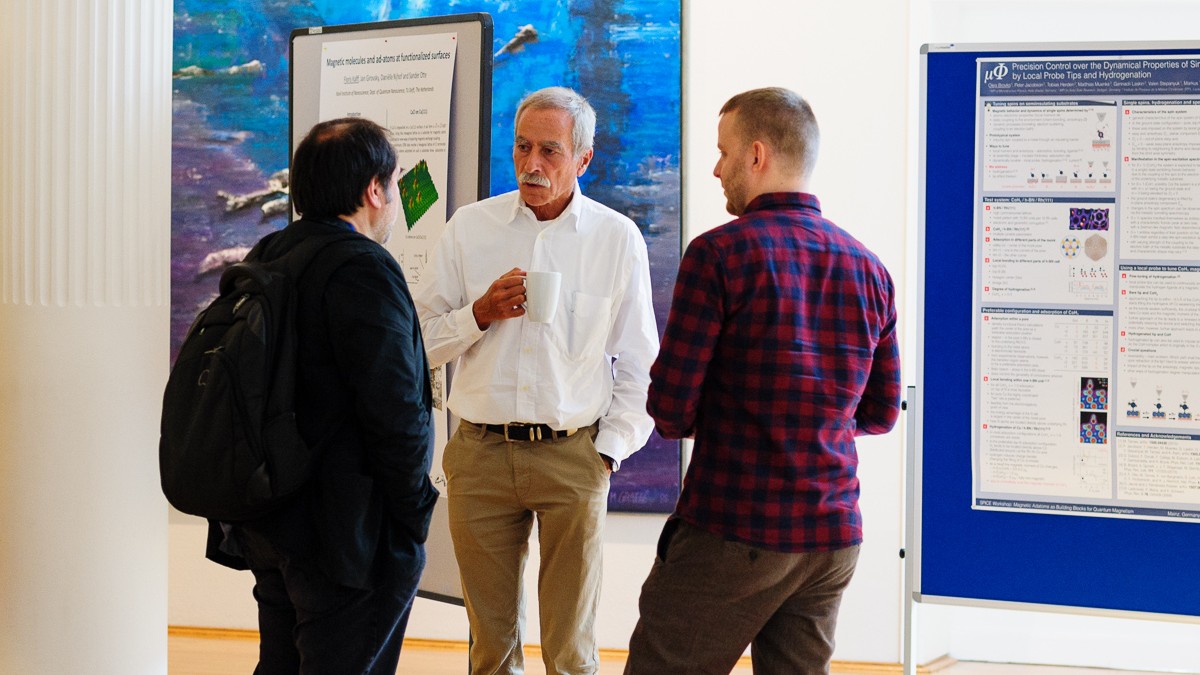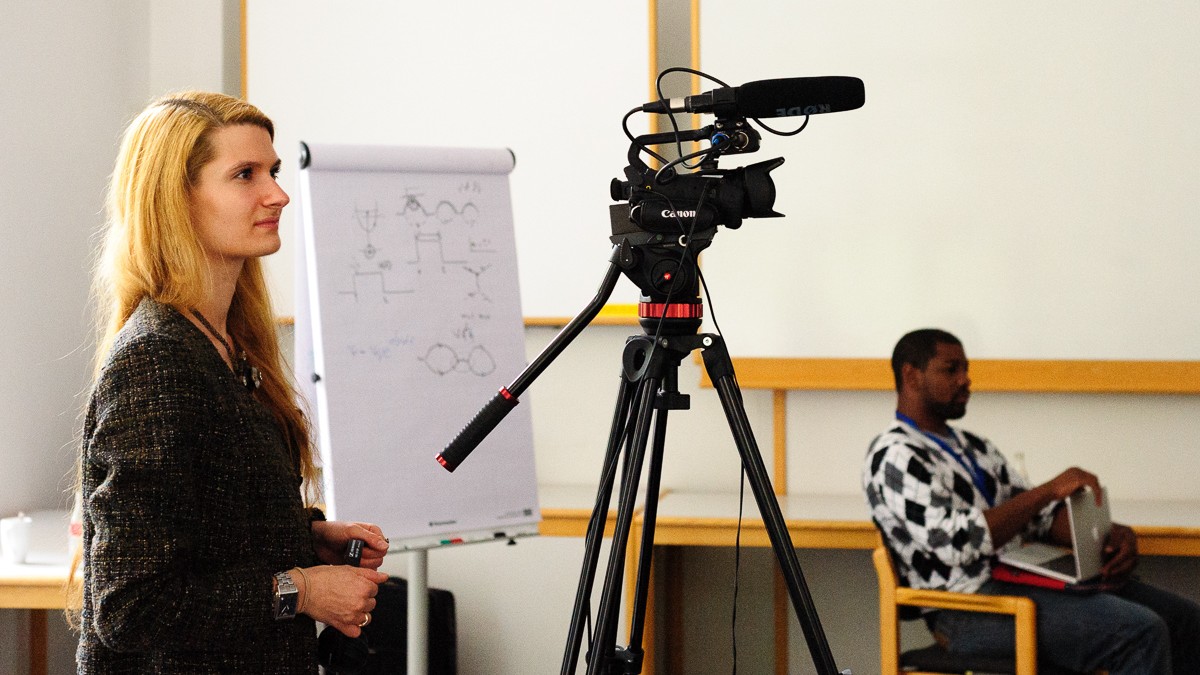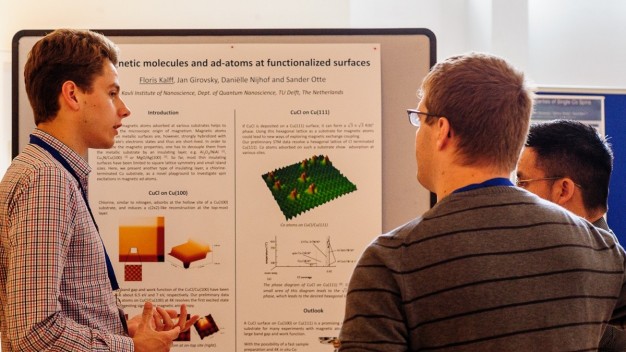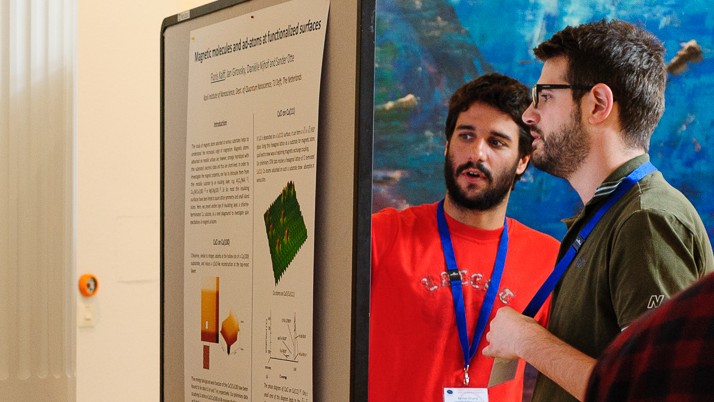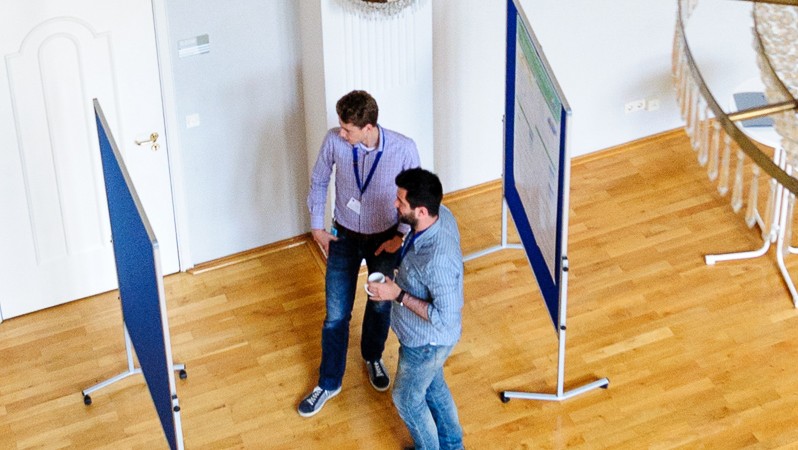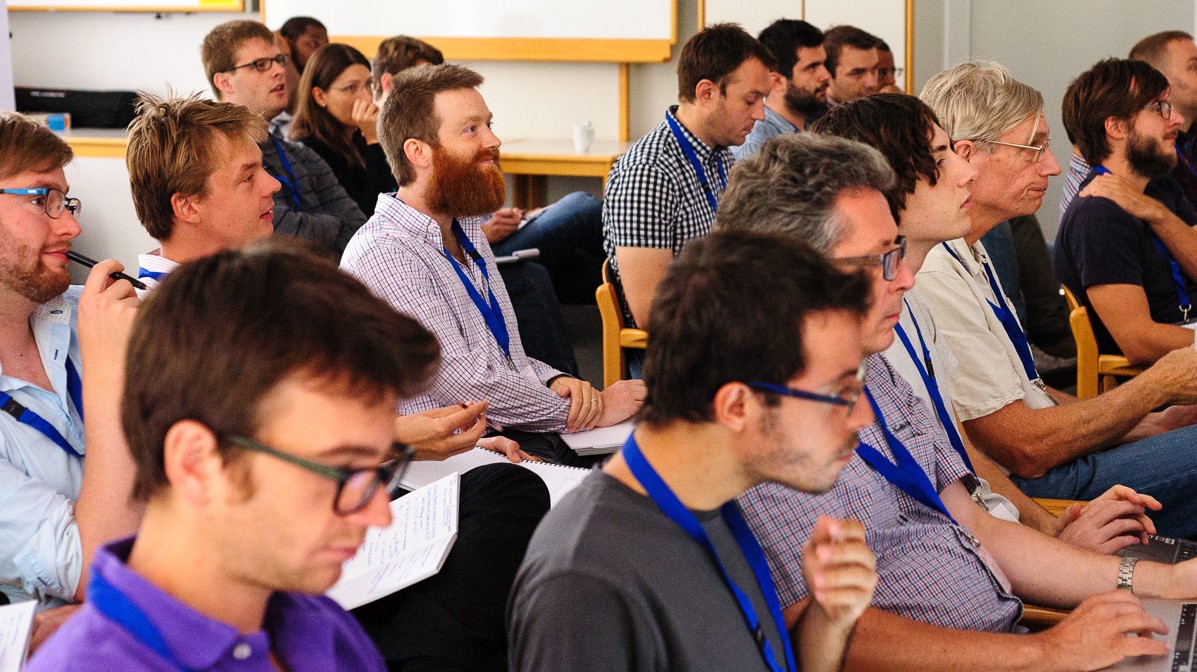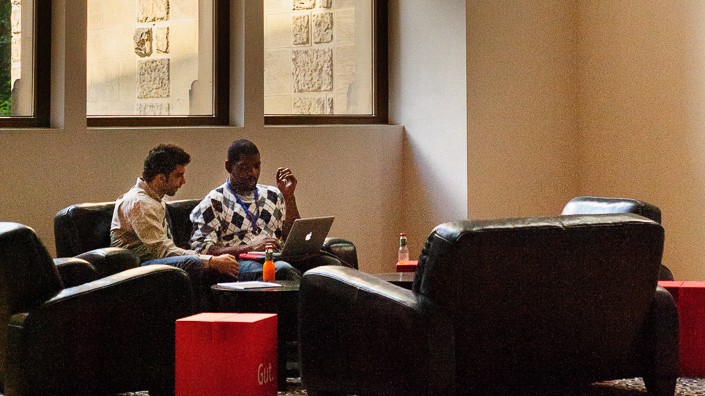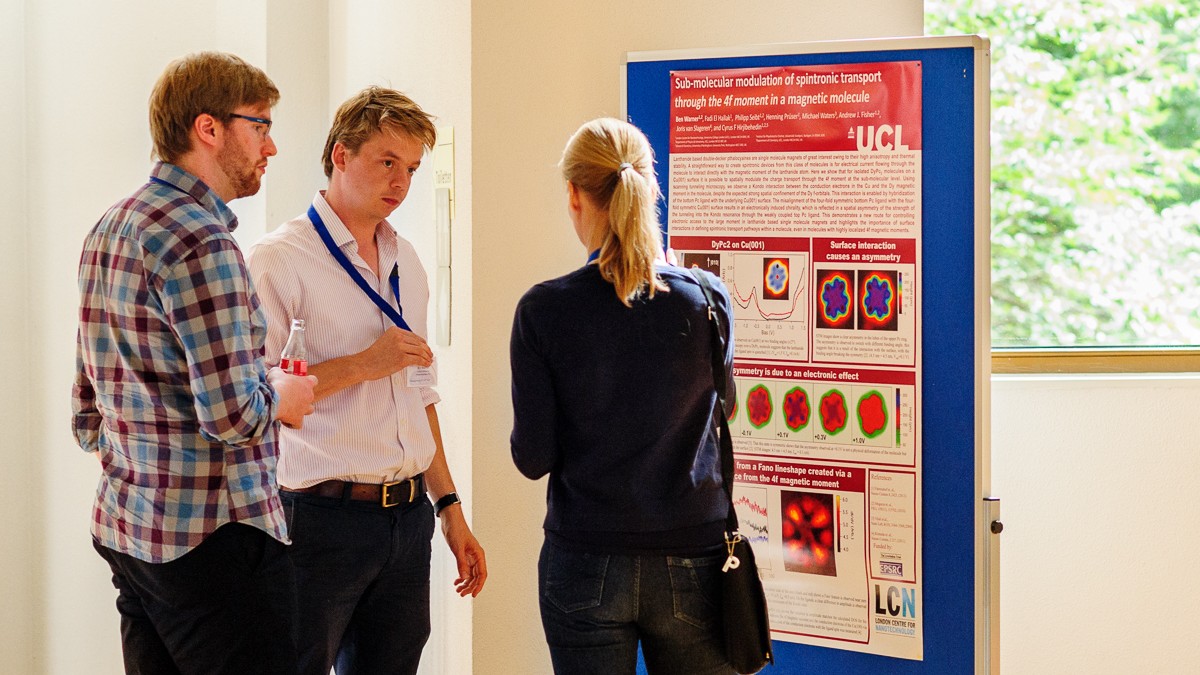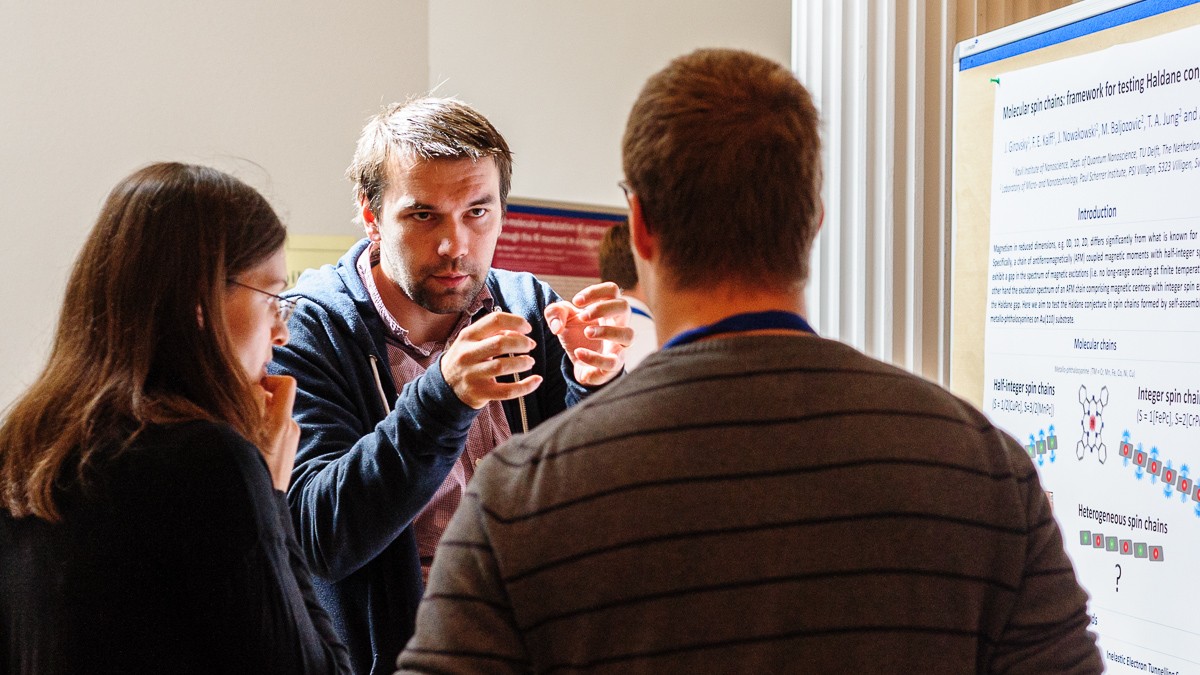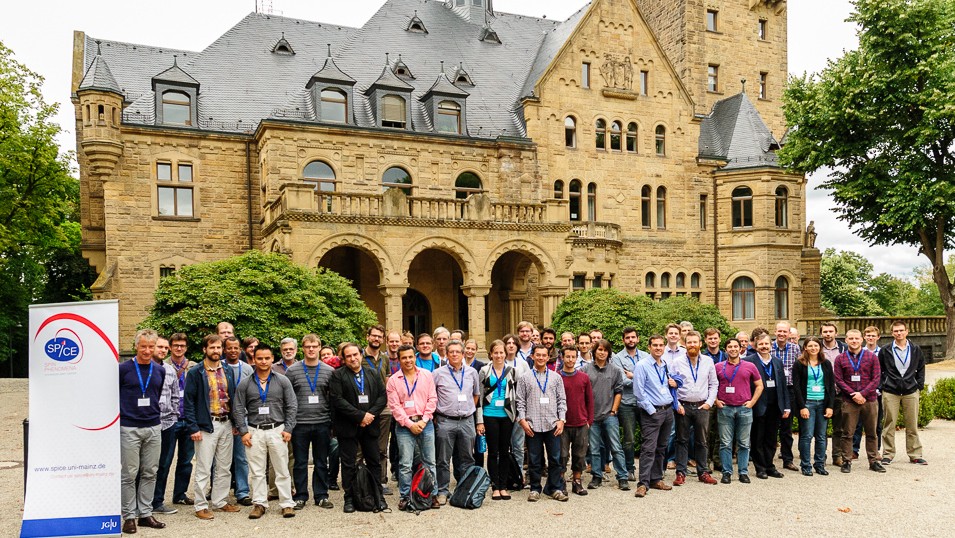Workshop on Magnetic Adatoms as Building Blocks for Quantum Magnetism August 2015
August 17th-20th 2015
The communities of quantum magnetism and surface nanomagnetism have been, so far, two different worlds, without many common interests and problems. Recent developments in scanning tunneling microscopy (STM) now permit probing and fabricating spin chains and many other artificial spin systems, providing a new ground to explore quantum magnetism phenomena. The potential synergy that this approach can bring forward has been illustrated by the recent observation of Majorana quasiparticles on nanoengineered spin chains by means of STM spectroscopy.
1) The quantum magnetism community learned about the exciting new possibilities to explore quantum magnetism in nano engineered spin chains.
2) The surface magnetism community learned about the fascinating physical concepts that are being explored in quantum magnetism.
Problems of interest included fabrication and probing nanoengineered spin systems, quantum spin liquid properties in finite size systems, the emergence of non-trivial phenomena such as fractionalization in finite size systems, the interplay between Heisenberg coupling between magnetic atoms on a surface and their Kondo coupling, the interplay between magnetism and superconductivity in interacting spin chains, including the emergence of Majorana particles, the transition between quantum and classical behavior in spin systems.
FORMAT: The meeting lasted 4 days and brought together 50 researchers. The program included three types of talks:
- School-like invited lectures, 50+10 minute discussion, tutorial style covering well established results, trying to reach the non-experts.
- Workshop-like 25+5m invited talks, presenting results that are potentially appealing for the two communities.
- Contributed talks (15+5m) with recent developments in these rapidly evolving fields.
There was a total of 7 tutorials, distributed over the program and followed by focused shorter talks. In addition, poster sessions were held intercalated in the middle of the program, and formed an important part of the program. Plenty of time was allocated for additional discussions.
Scientific Organizers
Cristian Batista, Los Alamos National Lab (LANL), US
Joaquín Fernández-Rossier, International Nanotechnology Laboratory (INL), Portugal
Sander Otte, TU Delft, The Netherlands
SPICE co-organizer
Jairo Sinova
Tutorials
| Affleck, I. (UBC) Glazman, L. (U. Yale) |
Hirjibehedin, C. (LCN, UK) Ternes, M. (MPI Stuttgart) |
Wiesendanger, R. (U. Hamburg) Mila, F. (EPFL) |
Invited Speakers
| Blügel, S. (PGI Jülich) Brihuega, I. (U. Aut. Madrid) Brune, H. (EPFL) Cren, Tristan (Paris) Delgado, F. (UPV, Spain) Feiguin, A. (Northeastern University) Franke, K. (TU Berlin) Giarmarchi, T. (U. Geneva) |
Heidrich-Meisner, F. (LMU Munich) Jacob, D. (MPI Halle) Lorente, N. (ICN, Barcelona) Loth, S. (CFEL, Hamburg) Nadj-Perge, S. (TU Delft) Otte, S. (TU Delft) Starykh, O. (U. Utah) |
Taroni, A. (Nat. Phys. Editor) Steinbrecher, M. (U. Hamburg) Zitko, R. (U. Ljubljana) |

